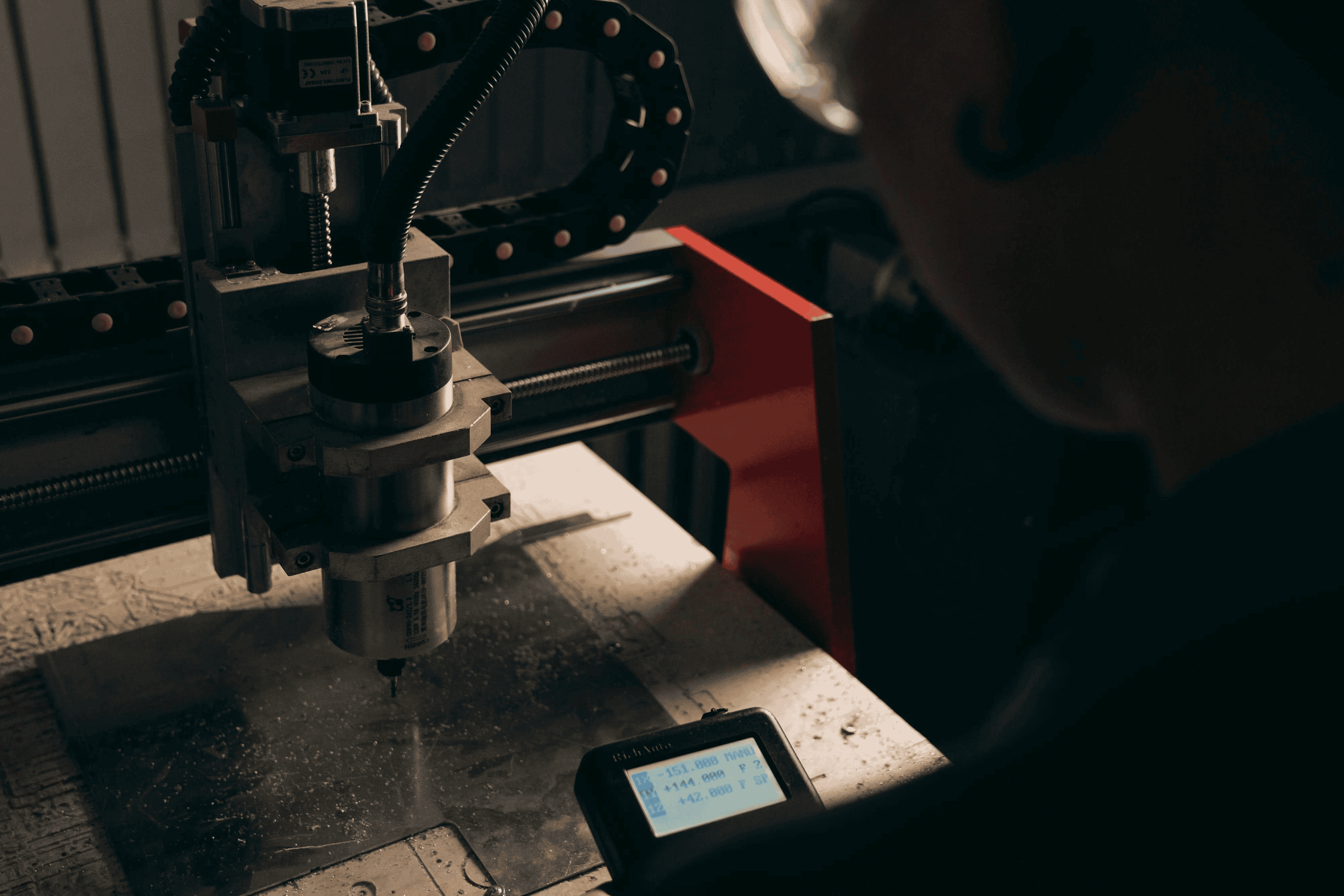Custom Fabrication

Welding test coupon inspection during welding certification at OZK Customs
Welding certification confirms that a welder can deposit sound metal under a defined procedure and for a specific scope. It is usually tied to a standard that sets rules for materials, positions, processes, and acceptance limits. Many shops use employer based qualification under codes like AWS D1.1 or ASME Section IX, while some welders also pursue third party credentials such as the AWS Certified Welder program. The core idea is simple: demonstrate skill on a representative joint, inspect it by approved methods, and record the outcome with clear limits on where that qualification applies.
Qualification starts with a Welding Procedure Specification, often called a WPS. The WPS spells out the essentials that control the weld, such as base metal and filler classification, preheat, interpass temperature, shielding gas, polarity, current, and travel speed. A Procedure Qualification Record can support the WPS when the code requires proof from a successful procedure test. A welder then follows the WPS to complete a test coupon that matches the needed joint type and position. Successful results are captured in a Welder Qualification Test Record that defines the range of approval.
Several standards govern certification. AWS D1.1 covers structural steel, while D1.2 addresses aluminum and D1.6 covers stainless steel. ASME Section IX applies broadly to pressure work, piping, and vessels. API 1104 controls pipeline welding. ISO 9606 provides a framework widely used outside the United States. Each standard defines variables that must be controlled, the extent of testing, and the acceptance criteria. Choosing the right standard depends on the product and the contract requirements.
The welding test must represent the way production will be welded. Flat, horizontal, vertical, and overhead positions are labeled with numbers and letters such as 1G through 6G for groove welds and 1F through 4F for fillets. The 6G pipe position is often considered the most demanding because the joint is fixed at a forty five degree angle, which challenges consistency all around the pipe. Processes include SMAW, GTAW, GMAW spray or short circuit, and FCAW. The choice of process and transfer mode matters because it affects penetration, fusion, and defect risk, which in turn affects the range of qualification.
A typical welding test begins with preparation of the coupon, joint fit up, cleaning, and verification of base metal type and thickness. During welding, the welder follows the WPS parameters and observes preheat and interpass controls. After completion and cooling, inspection starts with visual checks for profile, reinforcement, undercut, porosity, and arc strikes. Dimensional checks verify leg sizes and throat on fillets, as well as root opening and bevel accuracy where applicable.
Mechanical testing validates internal quality. Guided bend tests are common for plate and pipe; root and face bends reveal lack of fusion or inclusions. Fillet break tests expose the fusion line to confirm penetration to the root. Macroetch examinations polish and etch a cross section to reveal fusion and penetration under a microscope or magnifier. Nondestructive testing may include radiography for volumetric defects or ultrasonics where access or thickness demands it. Magnetic particle and liquid penetrant detect surface and near surface discontinuities on ferromagnetic and non ferromagnetic materials respectively.
Acceptance limits come directly from the governing code. For example, there are limits on size and frequency of porosity, restrictions on incomplete fusion, and tight rules around cracks which are almost always rejectable. Undercut has maximum lengths and depths, especially at toes and in transitions. The inspector documents results, and if all criteria are met, the welder earns a qualification with defined ranges such as base metal groups, thickness limits, and positions. Many codes include a six month continuity rule that requires the welder to use the process within that period or be re tested. Employers keep continuity logs, maintain WQTRs, and requalify when variables change beyond the limits allowed.
The testing of welders exists to protect the work. When projects involve chassis reinforcements, mounting structures, racks, or precision brackets, certified procedures and documented qualifications reduce risk and smooth audits. A shop that treats every joint like a code weld builds better products, from fit up to finish. That mindset includes clean prep, stable parameters, proper shielding, and verification steps that mirror formal inspection.
At OZK Customs, our metal team approaches structural and aesthetic welds with the same discipline you see in a formal welding test. From part design and fixturing to joint preparation and finish quality, we pursue repeatable results that stand up to inspection. Explore our custom fabrication to see how we plan, design, and execute complex metalwork. For a deeper look at the capabilities that support precise joining, check our fabrication services, including CNC cutting and custom metal forming. If you want to understand our process and values before you start, visit why choose OZK Customs for a clear picture of how we manage projects.
If your build requires welds that look great and perform under stress, bring it to our Fayetteville Arkansas shop. We will help define your scope, choose suitable materials, and produce work that aligns with the intent of the relevant standard. Submit the form and let us help you turn a concept into a finished piece that would make any inspector nod.
Bring your project to a team that treats every joint like a code test. Talk with OZK Customs about metalwork, structural welds, and precision fabrication that meet inspection. Submit the form and let’s plan your build.
ADDRESS:
6159 E Huntsville Rd, Fayetteville, AR 72701
PHONE:
(479) 326-9200
EMAIL:
info@ozkvans.com